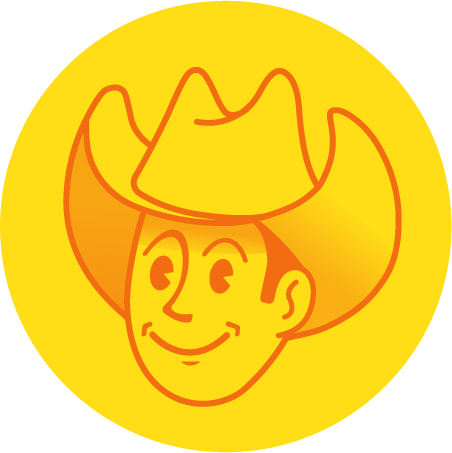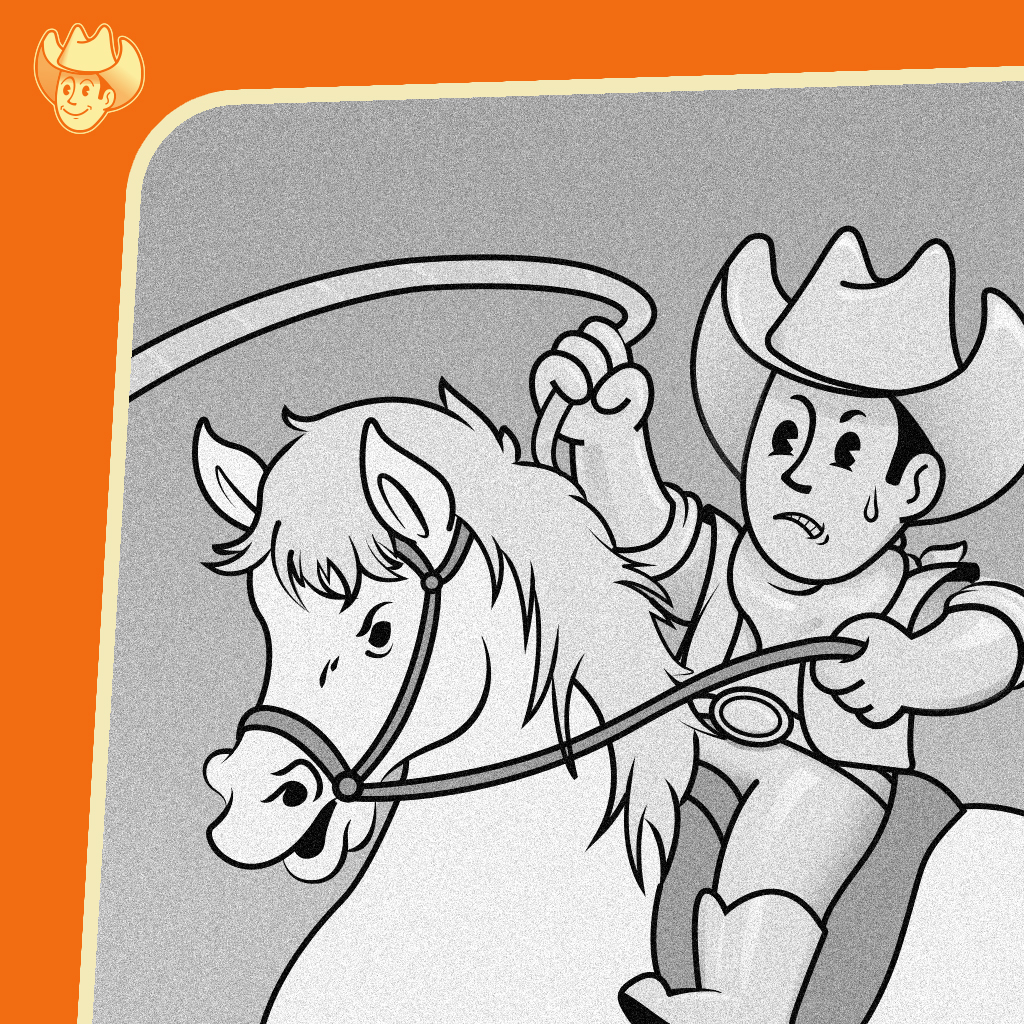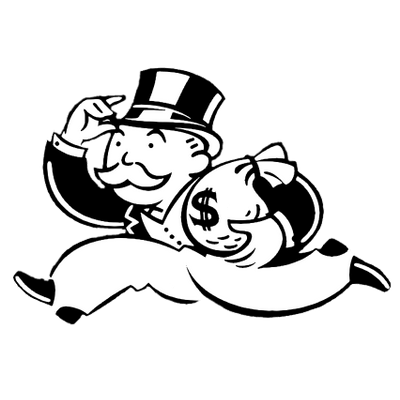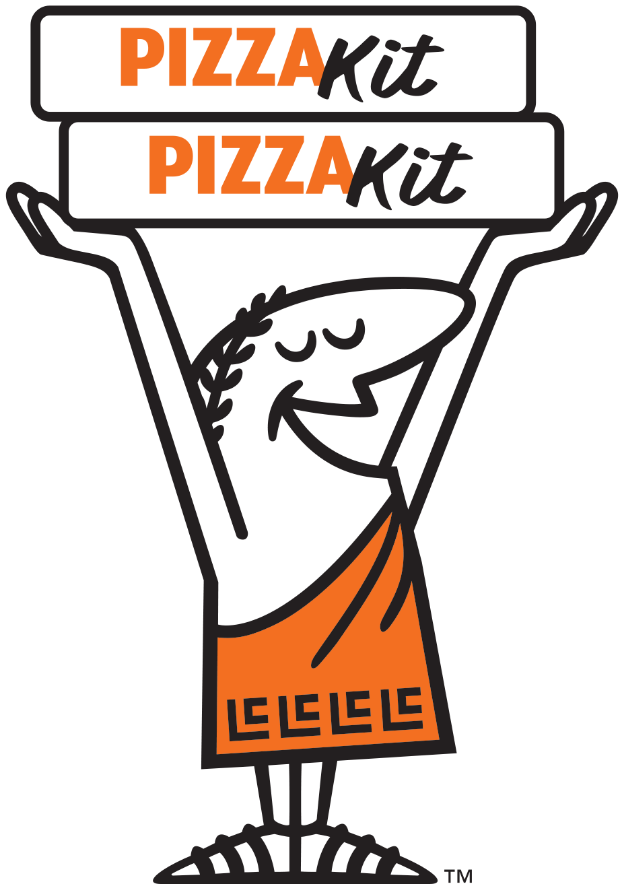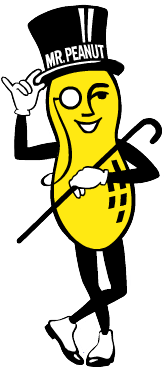Mascots are trending
Mascots have seen a resurgence in popularity. From sports teams to corporate businesses, mascots are once again seen as a fun and effective way to connect with audiences. We explain a few key reasons why we believe this trend is gaining momentum, which we describe in more depth below.

Gaming
In recent years, we have seen the rise of gaming culture, especially among Millennials and Gen Z. It is not just a question of asking people, “Do you play video games?” It is more of a question: “What games are you playing right now?” Many companies are now trying to connect with this audience by incorporating mascots into their brand identity. Mascots can create a sense of nostalgia and playfulness that resonates with people in the same way video game characters do. By creating a relatable, fun, and memorable mascot, companies can create a brand identity that speaks to the gaming community and creates a positive association with a brand, making it more likely that people will remember and choose that brand in the future. Companies use this trend to their advantage to connect with Millennial and Gen Z audiences, and it’s working.
How to choose and design your mascot
Know your audience. Who are you designing the mascot for? What age group is your target audience? What are their interests? These questions will help you create a mascot that resonates with your audience.
Next, choose a concept for your mascot. What message do you want your mascot to convey? Is there a particular animal or character that represents your brand well? Does your brand already have a theme? Once you have a concept, start sketching rough designs to reveal your mascot’s personality and style. Learn how to make designs or illustrations “sticky,” or rather, memorable.
As you refine your design, focus on details like color, texture, and shading. But just a heads up, you should minimize the amount of shading in your mascot. You can add shading if you must, but remember it may complicate your life to hire a qualified illustrator who, in the long run, can maintain consistency for your mascot and an illustrator with the talent to shade and highlight the mascot for different poses. It just requires a more a lot more skill and fetches a higher price usually. However, if you want to learn a bit more about hiring less expensive talent, you may want to think about outsourcing. Think of a company mascot off the top of your head… let’s look at HostGator’s mascot, Snappy.
Think of a company mascot off the top of your head… forget it. Let’s look at HostGator’s mascot, Snappy.
-
No gradient shading
-
Flat 2D
-
Minimal color usage
We give Snappy a well deserved A+
Since Howdy Patron specializes in graphic design and maintaining brand identities, we’re confident in saying a flat 2D mascot would be best. Why, you may ask? Here are your answers.
-
It is easier for the viewer to memorize.
1.
-
It is easier to animate if need be.
2.
-
You can easily vectorize 2D images in Adobe Illustrator, allowing infinite web graphics resolution. In other words, you can scale the mascot up or down without losing graphical integrity. The opposite is true for raster (pixel) based graphics. Do NOT make your final iteration of your mascot in Photoshop!
3.
And here are a few more mascots that withstood the test of time
Make your mascot simple
Make sure your mascot is recognizable and easy to remember! Before finalizing your design, test it in a focus group or with a survey. This can be as informal as you want. If you show the group your mascot and , you don’t immediately get half smiles or a smile and a head nod… go back to the drawing table, literally. Get feedback on what works and what doesn’t. Make adjustments based on that feedback. You are creating this mascot not just for yourself but also for your potential customers. It needs to resonate, and it’s worth it, in the long run, to iterate before you launch your brand with a mascot.
Evolution of The Golden Cowboy
mascot in all its glory
We went through many iterations of our Golden Cowboy mascot at Howdy Patron, as you can see here. It wasn’t pretty at first. The first draft was grotesque, butt-ugly, atrocious, words can’t really describe it honestly, and that’s okay; it is part of the process.

mascot final final.svg
Remember to NOT be impulsive in launching your mascot until you have finalized it! This will avoid hours of redoing graphic designs and website artwork with your latest iteration. 2nd reminder, make sure your final mascot is in vector format (AKA .svg format) that way you can avoid quality loss when resizing.
Clear breakdown of the steps you should take
1. Know your audience: Who are you designing the mascot for? What age group is your target audience? What are their interests? These questions will help you create a mascot that resonates with your audience.
2. Choose a concept: Once you understand your audience well, develop a concept for your mascot. What message do you want your mascot to convey? Is there a particular animal or character that represents your brand well? Does your brand have a strong theme? If yes, include elements of that theme.
3. Sketch it out: Start with rough sketches to bring out your mascot’s personality and style. Try out different poses and expressions to see what works best. If you cannot draw, work with a Howdy Patron illustrator, as they offer premium illustration services for brands that want to incorporate a mascot into their brand.
4. Refine your design: Once you have a basic design, start refining it. Pay attention to details like color, texture, and shading. Make sure your mascot is recognizable and easy to remember.
5. Test it out: Before finalizing your design, test it out on a focus group or with a survey. Get feedback on what works and what doesn’t. Make adjustments as needed.
6. You like it, your friends and colleagues like it, now it’s time to vectorize it in Adobe Illustrator.
Congrats, you got yourself a new brand mascot
Mascots are making a comeback for a reason. They’re fun and relatable and create a sense of nostalgia that can help brands connect with audiences. If you’re starting a business, a mascot could be a great way to create a memorable brand that stands out. Just be sure to do your research and make an informed decision before committing to the final iteration of the mascot. Also, work with a professional illustrator who will stay the course with you until you get the perfect mascot.
Now that you learned some rules
just remember its ok to break them
Although the tips, rules, and techniques are said, it does not mean they need to be followed all the time. In hindsight, what is most important is that your mascot resonates with your target audience.
